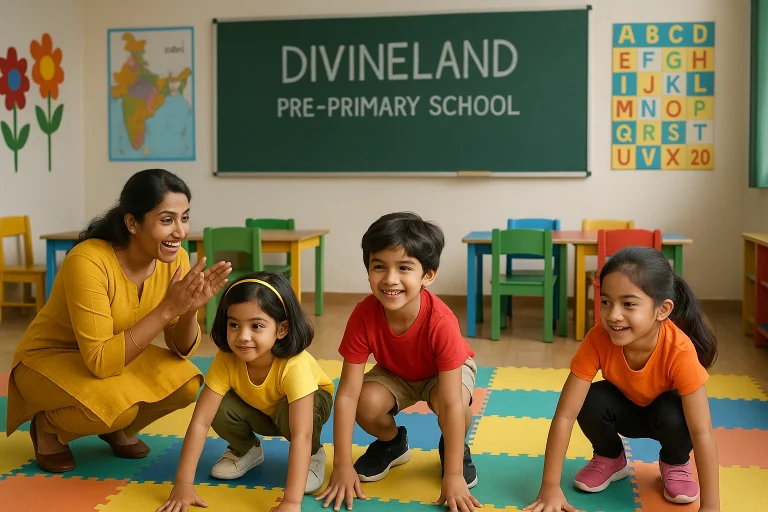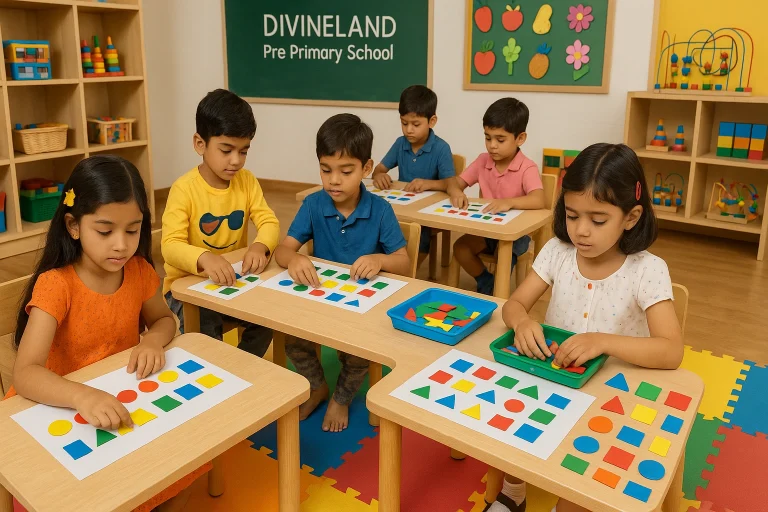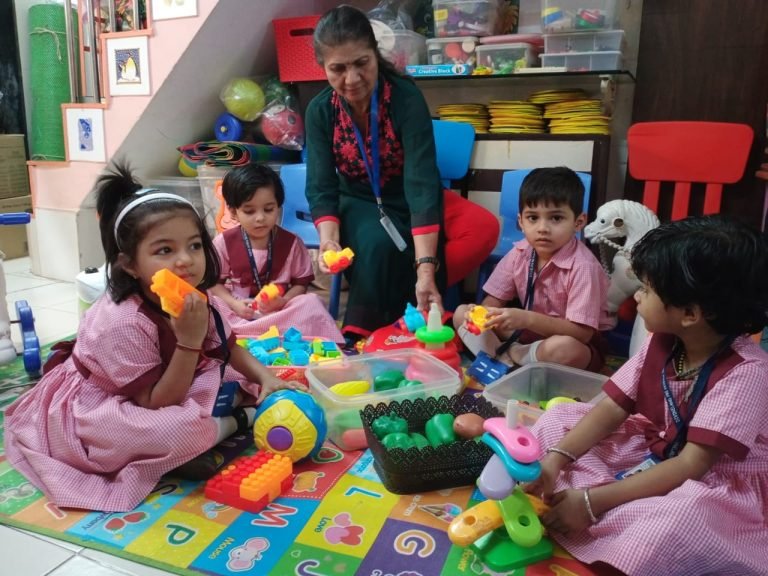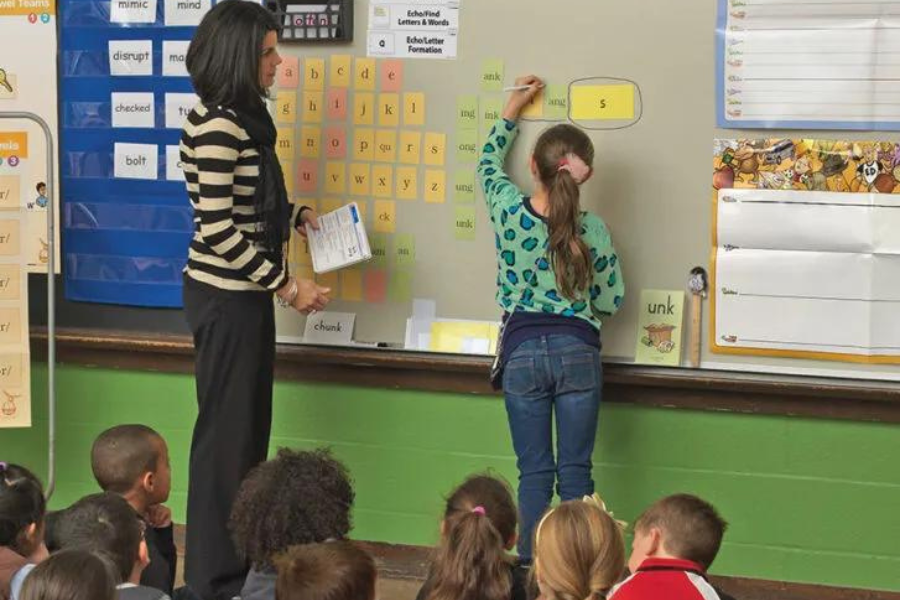
To provide young students with the foundational abilities they need to read and write successfully the Phonics Syllabus for Kindergarten is made. Covering necessary elements such as letter sounds, blending, and word recognition, the Phonics Syllabus for Kindergarten makes sure that children develop a strong understanding of phonics in an organized and involving manner. With activities made to the needs of early students, the Phonics Syllabus for Kindergarten supports their voyage toward confident knowledge abilities.
Phonics Syllabus for Level 1
The Phonics Syllabus for Level 1 puts efforts on creating a strong base in early education, including necessary skills to help children develop reading and writing abilitiesMaking sure of a continuous progression, it lines up closely with the Phonics Syllabus for Kindergarten.
Here’s a detailed breakdown:
– Learning 42 Letter Sounds
Involving both single-letter sounds : for eg : /a/ /b/ /c/ and digraphs, children are introduced to 42 unique letter sounds. This builds their ability to associate letters with corresponding sounds effectively.
Example: Identifying /a/ in “apple” or /sh/ in “ship.”
– Digraphs
To help children know how two letters can come together to make a single sound digraphs like ch, sh, th, and wh are taught.
Example: /ch/ in “chair” or /th/ in “think.”
– Short and Long Vowels
Short vowel sounds: for eg /a/ in word “cat” and in long vowel sounds: for eg, /a/ in word “cake” are introduced to students. This helps them differentiate word pronunciations and meanings.
Example: Recognizing the difference between “pin” and “pine.”
– Identifying the Sounds in a Word
For breaking words into individual sounds or phonemes activities can motivate children. This step is important for developing phonemic awareness.
Example: Finding sounds /d/, /o/, /g/ in “dog.”
– Blending (Reading)
Children are guided to blend individual sounds to form words, which supports early reading skills.
Example: Blending /s/, /a/, /t/ to read “sat.”
– Spelling Formation
To form correct spellings of words, starting from simple words and slowly advancing to more complex ones, the main focus is on using letter sounds.
Example: Words like “bat,” “ship,” and “brush” that can be spelled.
– Sight/Tricky Words
Common tricky words that do not follow standard phonics rules are introduced, helping children recognize them by sight.
Example: “the,” “said,” and “come” are some of the words.
To set a strong educational base for children to grow as confident readers and writers, this organized approach makes sure that the Phonics Syllabus for Level 1 complements the Phonics Syllabus for Kindergarten.
Phonics Syllabus for Level 2
The Phonics Syllabus for Level 2 builds on initial concepts taught in the Phonics Syllabus for Kindergarten and develops student’s reading and writing capabilities.
Here’s a detailed summary of the key components:
– Reinforcement of Letter Sounds: Students revisit and strengthen their understanding of single letter sounds to ensure accuracy in phoneme recognition.
– Digraphs: Introduction to two-letter combinations like sh, ch, and th, enabling learners to decode more complex words.
– Short and Long Vowels: To increase decoding and pronunciation, teaching the difference between short (e.g., cat) and long vowel sounds (e.g., cake).
– Identifying the Sounds in a Word: Encourages segmenting words into phonemes for better understanding, such as breaking down bat into /b/, /a/, and /t/.
– Blending (Reading): Combining individual sounds to read words like shop, train, and blue fluently.
– Spelling Formation: Focuses on constructing words by applying phonics rules, such as spelling hat using the correct sequence of sounds.
– Sight/Tricky Words: Learners memorize commonly used words that do not follow standard phonics rules, like said, come, and here.
– Phonics Rules: Introduction to essential rules like the silent e rule, where cape changes the vowel sound from short to long.
– Alternative Vowel Sounds: Explores different sounds for the same vowels, such as ai in rain versus ay in play.
– Comprehension: To develop fluency and confidence, it builds the ability to read sentences and understand their meaning.
By progressing through the Phonics Syllabus for Level 2, students achieve a deeper mastery of phonics, increasing their reading and writing abilities beyond the initial abilities established in the Phonics Syllabus for Kindergarten.
Best Phonics Classes in Gorai Charkop
Finding the Best Phonics Classes in Gorai Charkop for young learners is essential to ensure a strong foundation in reading and writing skills. Divineland Pre Primary School stands out as the top choice for parents who want their children to excel in phonics. With a structured approach and child-friendly teaching methods, Divineland offers a curriculum that is both engaging and effective.
Why Divineland Pre Primary School is the Best for Phonics:
– Comprehensive Phonics Syllabus for Kindergarten: To make sure that children take hold of the basics, the program wraps up necessary elements like letter identification, blending, decoding, and spelling rules.
– Expert Teachers: To make learning fun and impressive, the school hires trained teachers who specialize in phonics instruction.
– Interactive Learning: Making the Phonics Syllabus for Kindergarten involving and enjoyable children join in hands-on activities, games, and songs related to phonics.
– Personalized Attention: Small class sizes let teachers to put efforts on personal growth, directing particular learning needs.
– Proven Results: In reading fluency and comprehension Divineland’s phonics program has constantly helped students achieve important development.
For parents looking for the Best Phonics Classes in Gorai Charkop, Divineland Pre Primary School combines expertise, a structured syllabus, and a nurturing environment to deliver outstanding results.
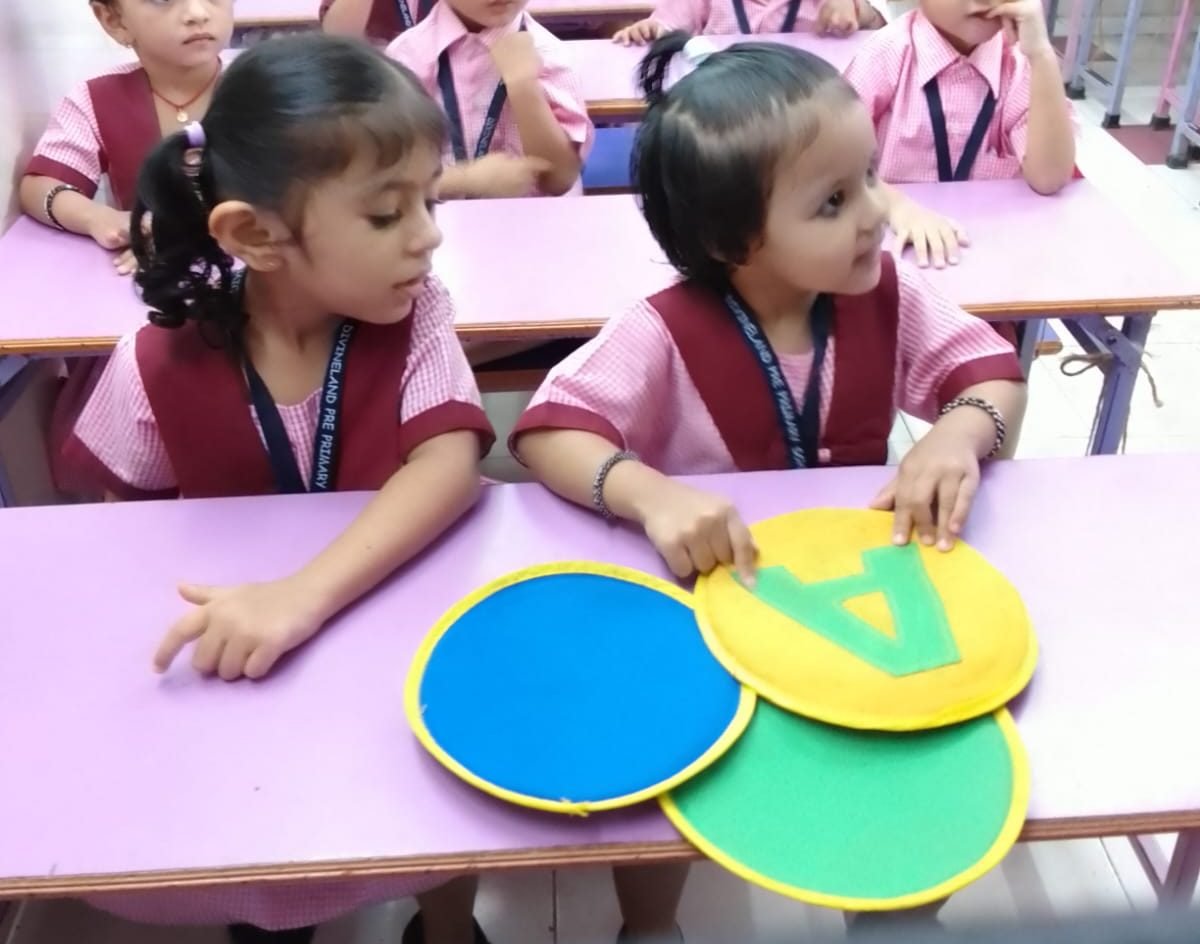
Phonics Teacher Training Course
Letting children to excel in reading and writing, a Phonics Teacher Training Course provides teachers with the abilities to teach phonics successfully. To make sure teachers are skilled at implementing it, a well-organized Phonics Syllabus for Kindergarten plays an important role in laying the base for education, and the training course. At Vidhyanidhi Education Society, the Phonics Teacher Training Course stands out for its hands-on and complete approach, training teachers to provide to young student’s wide needs. For excellence in phonics education due to its attention on quality, creation, and hands-on application Vidhyanidhi Education Society has made a status.
Here’s why it’s the best:
– Structured Letter Sounds: To help children remember sounds successfully the course teaches letter sounds using involving stories, actions, and jingles. For instance, associating the sound of ‘a’ with a story about an apple adds fun to learning.
– Blending and Segmenting Skills: To form words and segmenting words into sounds, allowing smooth reading and spelling, teachers learn how to guide children in blending individual sounds.
– Initial and Final Blends: To increase children’s word formation capabilities, teachers have expertise in teaching initial blends like “bl” in “blue” and final blends like “nd” in “bend.”
– Digraphs vs. Blends: To avoid confusion among young kids, this course puts efforts on the difference between digraphs (e.g., “ch” in “chip”) and blends (e.g., “fl” in “flag”).
– Tricky Words: To introduce sight words or tricky words which do not follow standard phonics rules like “was” and “the,” teachers are skilled.
– Phonics Rules: Making sure that there is clarity in teaching, participants learn necessary rules such as when to double consonants or use silent letters.
– Alternative Vowel Sounds and Spellings: The course explores variations like “ai” in “rain” and “ay” in “day,” enabling children to recognize multiple spellings for similar sounds.
With Vidhyanidhi Education Society, teachers gain access to an capably crafted Phonics Syllabus for Kindergarten and interactive teaching tactics that make learning enjoyable and effective. This hands-on training makes sure that teachers are fully trained to create a strong educational base for their students.
Choose Divineland Pre Primary School for a fun-filled phonics journey to literacy success!
For more details of Divineland’s Phonics Classes, Call or Whatsapp on +918591021373/ +919082778593
For downloading the brochure of Divineland’s Phonics Classes, Click Here!
FAQs
What is the Best Age to Start Teaching Phonics?
The best age to start teaching phonics is 3.5 years and above, as children are ready to learn letter sounds, blending, and basic reading skills at this stage.
Is Phonics Good for Kids?
Yes, phonics is highly beneficial for kids. It builds a strong foundation in reading, spelling, and writing, fostering literacy skills with confidence and clarity.
Which Phonics Classes for Kids is Best for Preschoolers ?
DPPS Phonics Classes are the best for preschoolers, offering engaging methods like stories, jingles, and phonics rules for an enjoyable and effective learning experience.
